How to Pick Your Concealer Shade for a Perfect Match Every Time



Dahvi Shira


Concealer is among the most multifaceted makeup products. It can be used in place of foundation, it can be used for brightening up points of the face, and it can be used to obviously conceal things like acne and dark circles. But selecting the right concealer shade can be tricky since it has so many uses, comes in so many formulas, and, of course, there are so many skin types. We get overwhelmed, too, so we turned to the pros to really break down how to find our perfect match. Keep reading for everything to know about picking the best concealer shades for you.


It's about glam time you treated yourself.
MEET THE EXPERT
Lucy Gargiulo is a freelance makeup artist with more than 14 years of experience in the film and television industry.
Dre Lamparello is a bicoastal makeup artist who specializes in special effects and horror for TV and film. She’s also a hairstylist and licensed cosmetologist.
How Do I Know My Concealer Shade?
First thing’s first, know your skin undertones. “Your undertones will be either cool, neutral or warm,” says makeup artist Lucy Gargiulo. “If you’re not sure how to identify your undertones, an easy way is to look at the veins on the underside of your wrist in natural light. If they’re blue or purple you most likely have cool undertones. If your veins are greenish you likely have warm undertones, and if you’re not sure which is most prominent, you’re most likely to have a neutral undertone to your skin. Knowing your undertones will help when color-matching as brands often use C, W, and N along with a number or describe the shade.”
Additionally, skin tone plays a key role. “Fair, light, medium, and deep are the most commonly used categories,” Gargiulo explains. “Swatch freshly washed skin in natural light. The jawline tends to be the best place as it isn’t often affected by skin color changes.”
How to Pick a Concealer Shade
1. Figure Out If You’ll Match a Foundation Shade
Not everyone chooses to use foundation in their makeup routine, but should you go that route, “Getting a formula that blends, builds well, and matches with your foundation is very important,” Gargiulo (who is a huge fan of the ARMANI Luminous Silk Natural Glow Foundation) says. “It has its own matching concealer range, which makes matching shades really easy and the products are formulated to color match and work together. Many companies have a concealer range to match specifically to their foundations, so it’s always a great idea to look into this when choosing your concealer shade.” We’re fans of the viral KOSAS Revealer Concealer because it’s a decadent cream concealer and the formulas pair perfectly with the brand’s foundations.
2. Match Based on Undertones and Skin Tones
Skin tone is one thing, but you’ll also want to take undertone into consideration. “An easy way of doing this is checking out the color of your veins in natural light,” says makeup artist Dre Lamparello. “If they have a greenish color to them you probably have warm undertones. If your veins look purple or blue you probably have cool undertones. There is also the confusion of what if they are kind of blue, purple, and green? If they seem to be a mix of all, then you most likely have neutral undertones.”
3. Ask for Testers in Different Shades
Next time you hit up the store, see if they’ll send you off with tiny samples of concealer shades that match what you think is your exact shade, along with one shade lighter and darker. Department stores will usually offer testers at no charge. You can also ask for a shade finder to see if that can help you identify your perfect concealer shade.
“Sometimes your summer and winter shades will be slightly different, so keeping different shades in mind is important,” Gargiulo says. “Always try out new shades in natural light rather than in a store where the lighting can often make shades look different. Take a selfie in natural light with a few different shades to compare. If you’re feeling stuck, when you see the photo it’ll be much easier to see which shade is your best match.”
Lamparello points out that if you try to match the concealer to the back of your hand, “It’ll most likely be too dark from being exposed to the sun more often. The same goes for the inside of your wrist because you might risk getting a shade too light.”
If you’re looking for a concealer with a wide shade range that targets most concerns, we love the cult classic TOO FACED Born This Way Super Coverage Concealer because it’s oil-free and offers strong coverage.
4. Pay Attention to the Color Wheel
The next important step in choosing a concealer color has to do with color theory. “If you have dark, purplish blue bags under your eyes, color theory is choosing the color opposite on the color wheel to cancel each other out,” Lamparello explains. “For example, purple’s opposite color is yellow, and blue’s opposite color is orange. Red’s opposite color is green. So, with the blueish purple eye bags you’re going to want to find your concealer with a yellow-orange tint. I usually go with peach. Now say you have reddish blemishes on your face. You’re going to want to look for a concealer that is around your color but with a greenish/yellow tint to it.”
How to Find a Concealer Shade for Acne Scars & Blemishes?
1. Prep the Skin
We can’t stress enough how important it is to hydrate and prime the skin before going in with product. “Moisturizing and priming your skin before applying your concealer will really help if you have acne scars and blemishes,” Gargiulo says. “Your skincare and skin prep is so important to prepare your skin for a flawless application.”
2. Pick One Shade Darker Than Your Natural Skin Tone
You don’t want to get too matchy-matchy here. “When trying to conceal pimples and acne scars, it’s good to pick a concealer that’s one shade darker than your natural skin tone,” Gargiulo explains. “This will help block out the redness and discoloration. You can then blend over this with a concealer that’s your exact shade or your regular foundation. Blending this way will help keep everything covered flawlessly.” When in doubt, you can’t go wrong with the creamy SMASHBOX COSMETICS Studio Skin Concealer.
3. Use Color Corrector
To add an extra layer of coverage, color corrector can really seal the deal. “Before your concealer, adding a color corrector is a great way to help with concealing acne scars and blemishes,” Gargiulo says. “Green is great to neutralize back redness from acne, scarring or rosacea, and orange is great for darker skin tones when trying to cover dark spots. If using a color corrector before your concealer, I’d recommend using a concealer that matches your exact skin tone.” The REEMA BEAUTY Quickie Fixx Color Correcting Palette comes with all the color correcting essentials, and its formula is easy to apply.
4. Apply With a Small Brush or Finger
Gargiulo recommends using a small brush with concealer or corrector to conceal directly on the blemish or scar. “Let it sit for a minute and then blend outward to avoid any harsh lines,” she says. “You can also layer your concealer for better coverage, especially on acne scars. You can also use your finger to pat concealer to the blemish and then with a brush you can gently buff the edges for a smooth transition.”
5. Opt for Something Creamy
We agree with Gargiulo, who suggests using a creamier foundation for covering acne scars and blemishes. She opts for the NARS Soft Matte Complete Concealers “for building and blending out flawlessly when trying to conceal blemishes and scars.” We can’t go wrong with the iconic full coverage TARTE Shape Tape Ultra Creamy Concealer.
6. Look for a Medicated Product
Lamparello suggests also looking for a hybrid concealer. “For acne prone skin sometimes, it’s best to find the sensitive skin concealer or concealer with acne medication in it,” she says. “Not only will it be on the greenish side (to cancel the redness) it also has the ability to treat the acne and not aggravate it more.” You may want to talk to your doctor for personal recommendations, but we’re big fans of the good-for-you COMPLEX CULTURE Letup Concealer Mini, which contains ceramides and vitamin C.
How to Find a Concealer Shade for Under-Eye Circles?
Much like with acne, you’ll want to color correct dark under eyes too. “Use peachy shades for light skin tones and orange for darker skin tones, and then choose an under-eye concealer shade that is one shade lighter than your natural skin tone,” advises Gargiulo. “This will help brighten and lift this area. Remember, building up product slowly will give you the best and most long-lasting results. Start with a small amount of product and blend it from the inside of the eye outwards then apply more as needed. The under eye area is a much thinner skin, so be gentle when applying, and use a soft brush or your ring finger to make sure you’re not applying too much pressure. Again, good skin prep is really important when working under the eye, so make sure your skin is well-moisturized and primed to help the longevity and avoid creasing.”
Should Concealer Be Lighter or Darker Shade Than Foundation?
When it comes to finding the right shade of concealer, you’ll want to own more than one shade. But generally speaking, you’ll want your product to match your skin tone exactly, according to Gargiulo.
“It’s also a great idea to also have a lighter and a darker shade because your skin tone can shift depending on the time of year and your sun exposure,” she says. “You can also use the darker and lighter shades when covering blemishes and dark circles.”
Want in on all the IPSY makeup fun and more? Take our Beauty Quiz now to get started with your own IPSY beauty subscription. Already an IPSY member? Refer your friends to earn points, which you can use toward products. Either way, don’t forget to check us out on Instagram and TikTok @IPSY.
Like this article? Share it with your friends by clicking the icons below!
Liked this post? Share!
Related Stories
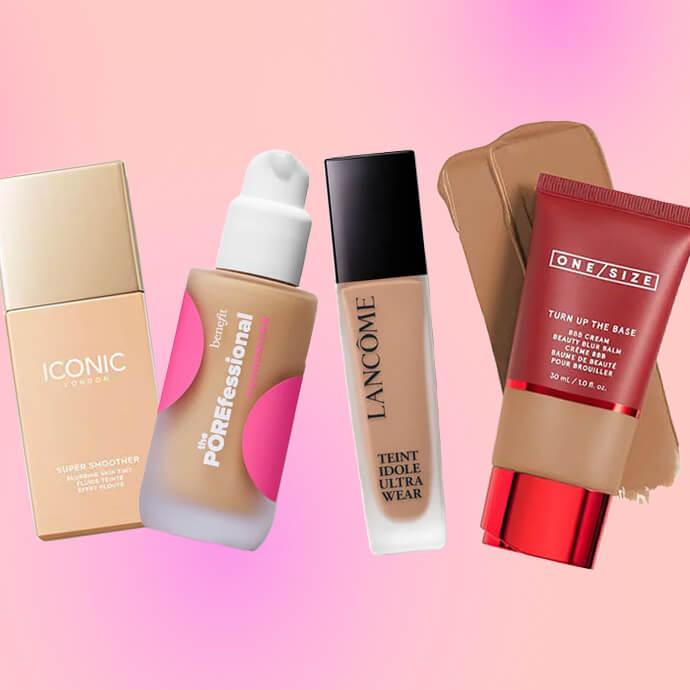
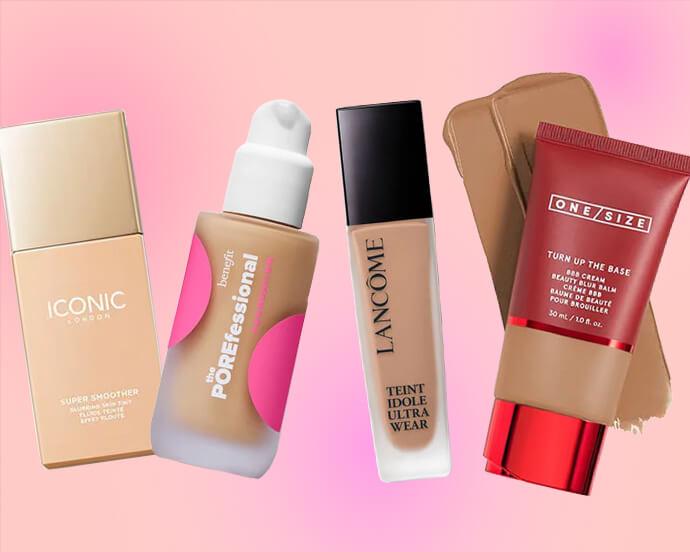
Makeup
Want an IRL Filter? These Are the Best Blurring Foundations
Published on Dec 12, 2025 • 5 min read
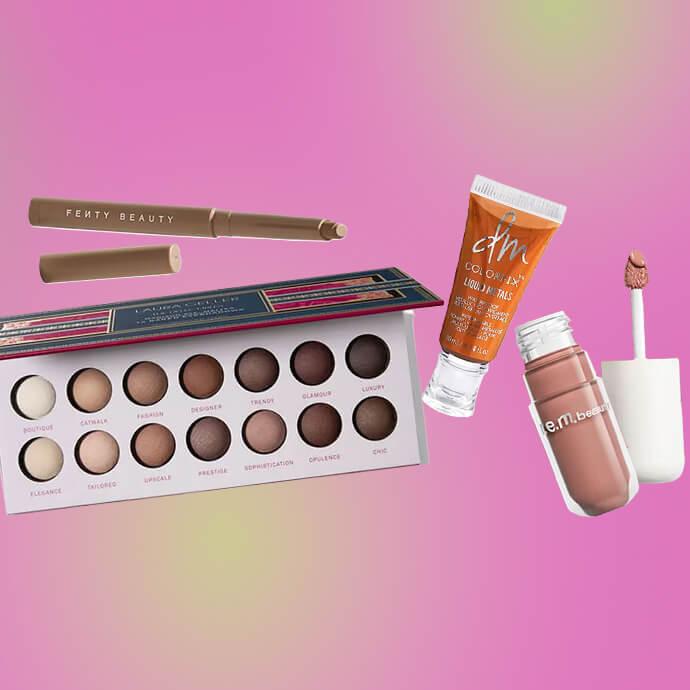
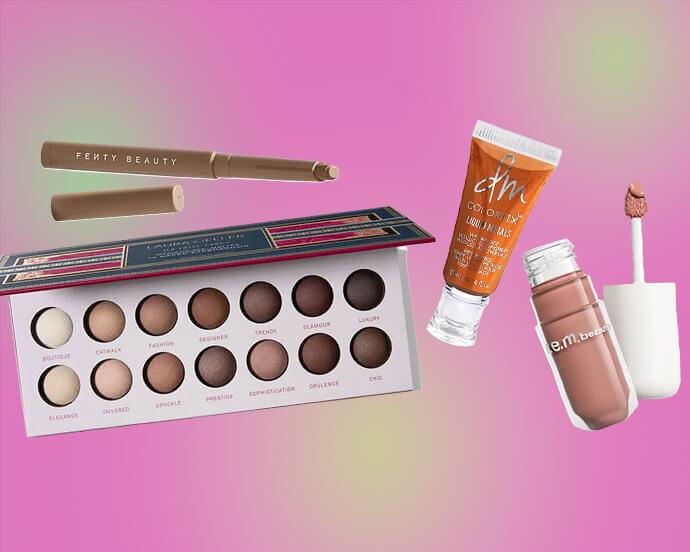
Makeup
How to Expertly Apply Eyeshadow on Mature Skin
Published on Dec 10, 2025 • 6 min read

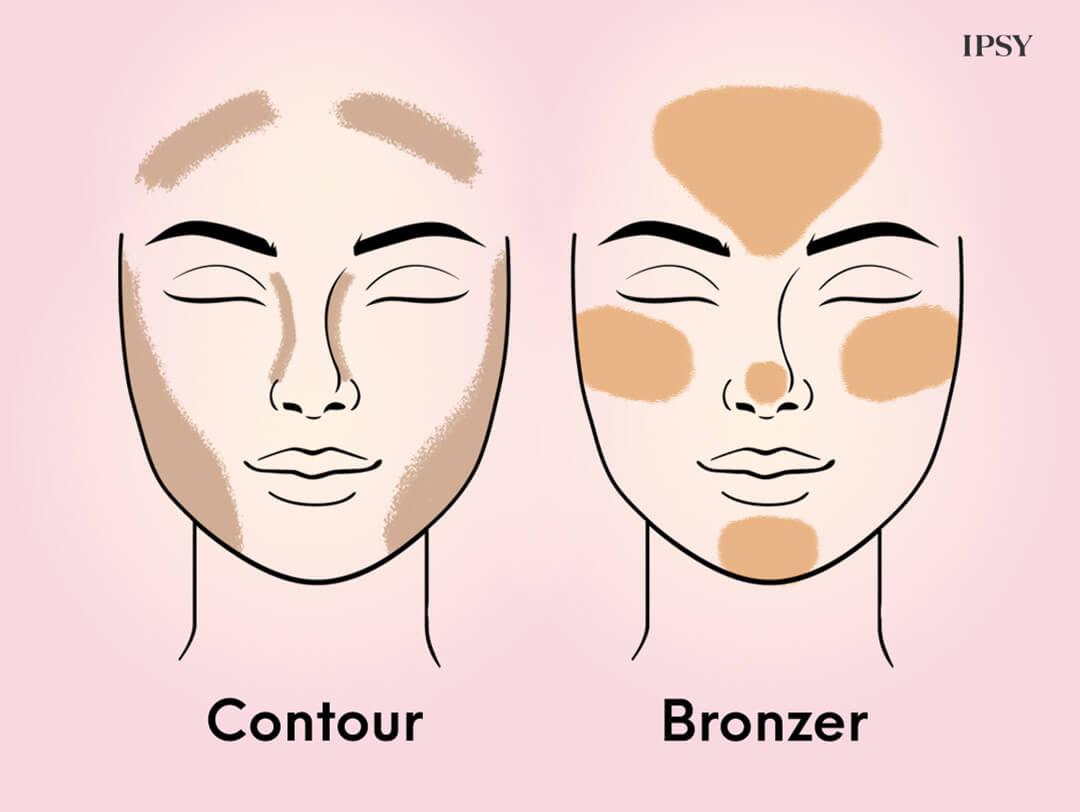
Makeup
How to Use Bronzer and Contour to Sculpt Your Face Like a Pro
Published on Dec 5, 2025 • 9 min read


Makeup
Makeup for Older Women That Works With Your Skin, Not Against It
Published on Dec 1, 2025 • 12 min read


Makeup
2026’s Biggest Makeup Trends Are a Maximalist Dream
Published on Dec 1, 2025 • 8 min read


Makeup
2025’s Biggest Makeup Trends: Go Big or Go Home
Published on Dec 13, 2024 • 7 min read


Makeup
16 New Year’s Eve Makeup Ideas to Fashionably Ring in 2026
Published on Nov 25, 2025 • 10 min read


Makeup
Your 2026 Beauty Horoscope Is Here—and the Stars Are Serving Looks
Published on Nov 25, 2025 • 9 min read


Beauty Picked Just for You
Get 5 products worth up to $70
Plus exclusive access to epic deals up to 80% off
Starting at just $14/month. Cancel anytime.